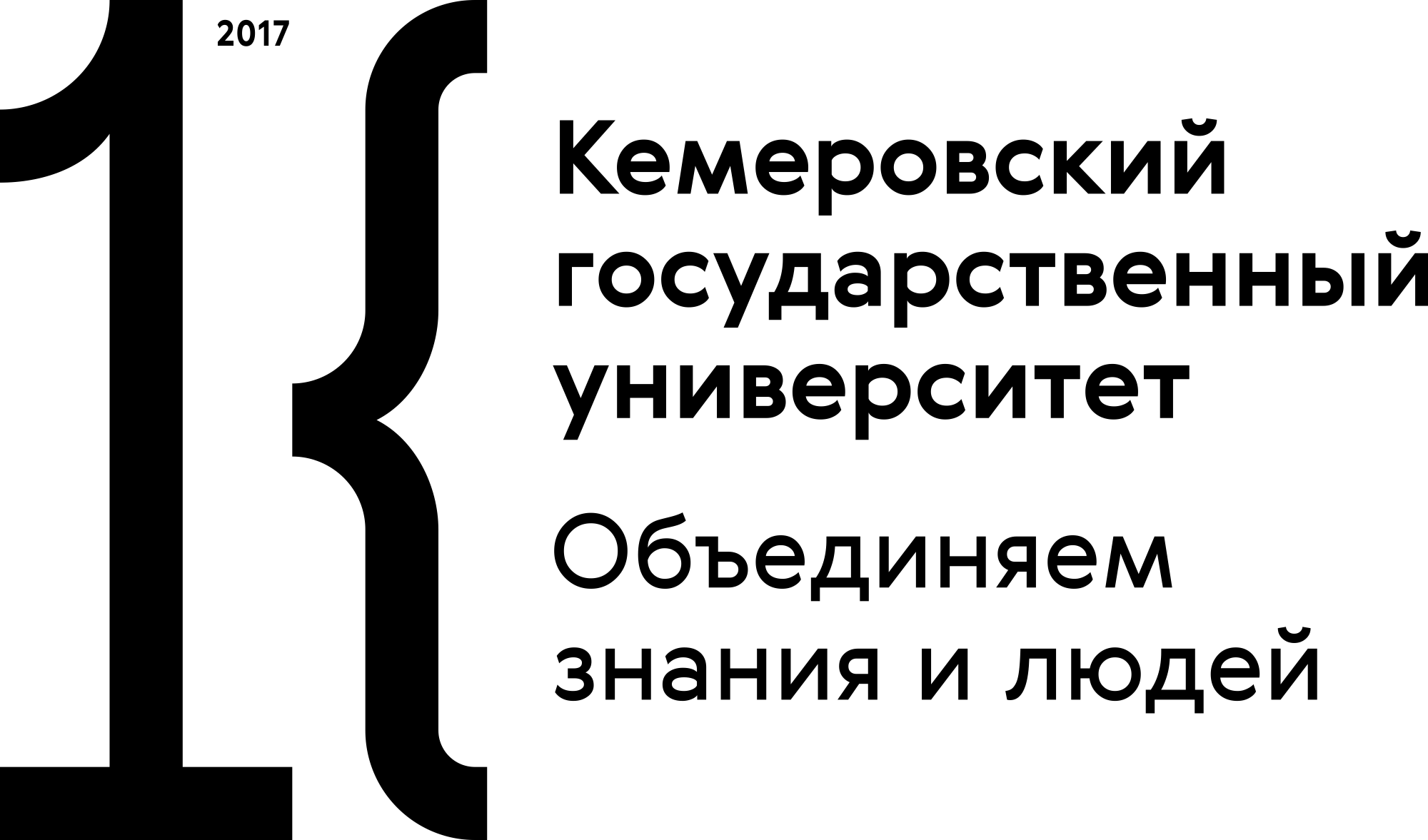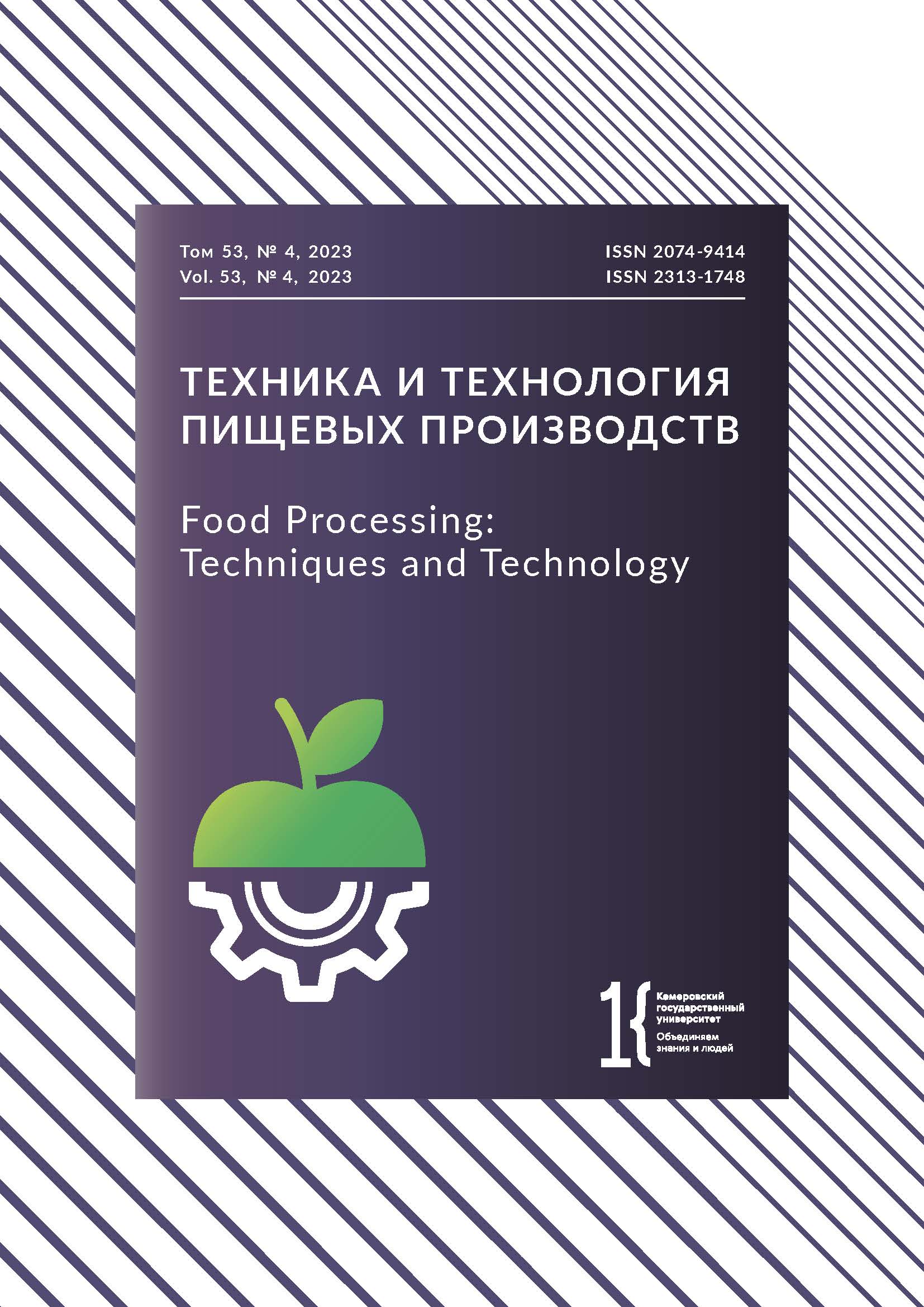Kirov, Russian Federation
Kirov, Russian Federation
Kirov, Russian Federation
Kirov, Kirov, Russian Federation
Kirov, Russian Federation
The moose has good prospects for hunting and game breeding. Peripheral blood indicators can provide information about their health status and adaptive capabilities, as well as non-infectious, infectious, and invasive pathologies. Serum alkaline phosphatase activity is one of the most common clinical biochem ical tests in this respect. The study involved blood samples obtained from male moose (n = 75) of four age groups: calves aged 6–7 months, young animals of 18 months old, adults of 2.5–7.5 years old, and adults aged ≥ 8.5 years. The biomaterial sampling was carried out in October – December in the southern taiga subzone, Kirov Region. The blood samples were obtained by cutting the jugular vein (Venae jugularis) immediately after the animal was shot during legal hunting. The blood serum tests involved a semi-automatic biochemical analyzer (Biochem SA High Technology, USA). The alkaline phosphatase activity in male European moose during different periods of ontogenesis demonstrated the following pattern. In the first months of life, the enzyme activity was as high as 222.16 ± 31.14 U/L. This process was typical of intense hydrolysis of organic phosphorus esters, including the exchange of macroergs caused by rapid osteogenesis. At 18 months, the demand for organophosphorus compounds in metabolic processes decreased (46.48 ± 44.09 U/L), as did the role of the enzyme in maintaining homeostasis. In adults of 2.5–7.5 years old, alkaline phosphatase activity dropped to 69.88 ± 11.31 U/L. In 8.5-year-old males, it was as low as 47.34 ± 4.74 U/L. All age groups demonstrated significant differences in alkaline phosphatase activity. Therefore, age had a significant effect on enzyme activity. The study also revealed a certain correlation between alkaline phosphatase activity and body weight. The dynamics of alkaline phosphatase activity in ontogenesis reflected homeostatic changes in the moose body. Indicators of alkaline phosphatase activity can serve as an efficiency marker and an additional criterion in standard selection methods in zootechnical practice.
Alces alces, moose, males, age, alkaline phosphatase, blood serum
1. Veber AEh, Simakov AF, Chuvʹyurova NI, Chalyshev AV. Physiology of diet and metabolism in elk. Syktyvkar: Komi nauchnyy tsentr UrO RAN; 1992. 124 p. (In Russ.).
2. Sokolov NV. European elk and how to domesticate it. Kostroma: Kostroma Research Institute of Agriculture; 2012. 150 p. (In Russ.).
3. Perevozchikova MA, Domsky IA, Sergeyev AA. Hematological parameters of free-ranging moose Alces alces (Linnaeus 1758) (Ruminantia, Cervidae). Foods and Raw Materials. 2024;12(1):80-90. https://doi.org/10.21603/2308-4057-2024-1-592
4. Likhachev AI. Elks of Western Siberia: morpho-functional and ecological studies. Novosibirsk; 1959. 187 p. (In Russ.).
5. Rostal MK, Evans AL, Solberg EJ, Arnemo JM. Hematology and serum chemistry reference ranges of free-ranging moose (Alces alces) in Norway. Journal of Wildlife Diseases. 2012;48(3):548-559. https://doi.org/10.7589/0090-3558-48.3.548
6. Miller TM, Petrova MB, Miller DA, Necrasova IL. The change of biological levels of blood serum alkaline phosphatase in chronic inflammation in mucosa of stomach. Herald of Tver State University. Series: Biology and Ecology. 2011;(23):69-73. (In Russ.). https://elibrary.ru/OXBSGH
7. Nikolaev AA. The structure and function of placental alkaline phosphatase (a review). Russian Journal of Human Reproduction. 2015;21(3):24-29. https://doi.org/10.17116/repro201521324-29
8. Silvent J, Gasse B, Mornet E, Sire J-Y. Molecular evolution of the tissue-nonspecific alkaline phosphatase allows prediction and validation of missense mutations responsible for hypophosphatasia. Journal of Biological Chemistry. 2014;289(35):24168-24179. https://doi.org/10.1074/jbc.M114.576843
9. Malinina EI, Mazalova MV. Alkaline phosphatase in neurological practice (review). Medical Almanac. 2020;65(4):21-28. (In Russ.). https://elibrary.ru/VMEXDM
10. Négyessy L, Xiao J, Kántor O, Kovács GG, Palkovits M, Dóczi TP, et al. Layer-specific activity of tissue non-specific alkaline phosphatase in the human neocortex. Neuroscience. 2011;172:406-418. https://doi.org/10.1016/j.neuroscience.2010.10.049
11. Millán JL, Whyte MP. Alkaline phosphatase and hypophosphatasia. Calcified Tissue International. 2016;98:398-416. https://doi.org/10.1007/s00223-015-0079-1
12. Ivanova ON, Ustyuzhina TV, Skorinova TV. Calcitonin, osteocalcitonin, and parathyroid hormone in blood of patients with chronic kidney disease. International Journal of Experimental Education. 2015;9:132-135. (In Russ.). https://elibrary.ru/UDORLT
13. Soboleva YuG, Cholod VM, Baran VP, Postrash IYu. Estimation of alkaline phosphatase in cattle at the age aspect and with dyspepsia. Agricultural Science and Education at the Current Stage of Development: Experience, Problems, and Solutions. 2012;1:222-226. (In Russ.). https://elibrary.ru/PWMBYP
14. Kunutsor SK, Bakker SJL, Kootstra-Ros JE, Gansevoort RT, Gregson J, Dullaart RPF. Serum alkaline phosphatase and risk of incident cardiovascular disease: Interrelationship with high sensitivity C-reactive protein. PLoS ONE. 2015;10(7). https://doi.org/10.1371/journal.pone.0132822
15. Webber M, Krishnan A, Thomas NG, Cheung BMY. Association between serum alkaline phosphatase and C-reactive protein in the United States National Health and Nutrition Examination Survey 2005-2006. Clinical Chemistry and Laboratory Medicine. 2010;48(2):167-173. https://doi.org/10.1515/cclm.2010.052
16. Eryomenko VI, Karpenkova KV. Enzymatic profile of blood at the cow calves received from raznoproduktivny cows. Bulletin of the Kursk State Agricultural Academy. 2017;(4):33-35. (In Russ.). https://elibrary.ru/YPRWFB
17. Eremenko VI, Gorozhankina GA, Skobelev VS. Dynamics of activity of transaminases, lactate dehydrogenase and alkaline phosphatase in heifers obtained from multiproductive cows. Bulletin of the Kursk State Agricultural Academy. 2021;(7):37-42. (In Russ.). https://elibrary.ru/UPVVKL
18. Eremenko VI, Rotmistrovskaya EG, Steblovskaya SYu. Alkaline phosphatase activity in blood serum of heifers and heifers of different breeds. Scientific Notes of the Crimean Federal University: Biology and Chemistry. 2022;8(1):89-94. (In Russ.). https://elibrary.ru/WAXYUB
19. Kozir VS, Xalak BI, Rudenko EV, Subdinner LI, Dolgaya MN, Goncharenko AA. Intercommunication of biochemical indexes of serum of blood with the productivity of bull-calves of different genotypes. Vitebsk the Order of “the Badge of Honor” State Academy of Veterinary Medicine. 2018;54(3):87-92. (In Russ.). https://elibrary.ru/YLIGTJ
20. Lee AE, Derkho MA. Enzyme composition of the blood and its interrelation with the live mass at young Aberdin-Angusa breed. Izvestia Orenburg State Agrarian University. 2019;75(1):168-172. (In Russ.). https://elibrary.ru/POZRZD
21. Dementyeva TA. Blood serum alkaline phophatase activity in the pigs when live weight different fattening. Vestnik NGAU. 2014;30(1):56-59. (In Russ.). https://www.elibrary.ru/RYPTUT
22. Zharikov YaA, Kaneva LA. Activity of alkaline phosphatase in male lamb blood serum in relation to age and growth rate. Genetics and Breeding of Animals. 2021;(1):9-16. (In Russ.). https://doi.org/10.31043/2410-2733-2021-1-9-16
23. Rakhimov ShT, Radzhabov N, Sheraliev F. Serum enzymes in predicting fertility of Gissar breed sheep. Sheep, Goats, Wool Business. 2015;(2):39-40. (In Russ.). https://www.elibrary.ru/UCAJTJ
24. Sergeeva NV, Pogodaev VA. Influence of the genotype on hematological parameters of young sheep. News of Agro-Industrial Science. 2018;11(2-1):471-475. (In Russ.). https://doi.org/10.25930/cmbk-fg09
25. Maslova NI, Pronina GI, Revyakin AO. The role of biochemical investigations in fish breeding. Izvestia Orenburg State Agrarian University. 2010;28(4):221-224. (In Russ.). https://elibrary.ru/NBKDCP
26. Arnemo JM. Immobilization of free-ranging moose (Alces alces) with medetomidine-ketamine and remobilization with atipamezole. Rangifer.1995;15(1):19-25. https://doi.org/10.7557/2.15.1.1153
27. Becker SA, Kauffman MJ, Anderson SH. Nutritonal condition of adult female Shiras moose in northwest Wyoming. Alces. 2010;46:151-166.
28. Keech MA, Stephenson TR, Bowyer RT, van Ballenberghe V, Ver Hoef JM. Relationships between blood-serum variables and depth of rump fat in Alaskan moose. Alces. 1998;34(1):173-179.
29. Reshetnyak V, Stekol'nikov A, Burdeynyy V, Yelokhin M, Malakhova L. Morphobiochemical parameters of blood in traumatism in moose under domestication. International Transaction Journal of Engineering, Management, and Applied Sciences and Technologies. 2021;12(7):1-8. https://doi.org/10.14456/ITJEMAST.2021.143
30. Ivanter EhV, Korosov AV. Biology of chemical elements. Petrozavodsk: PetrGU; 2010. 104 p. (In Russ.).
31. Korzhuev PA. Hemoglobin. Comparative physiology and biochemistry. Moscow: Nauka; 1964. 287 p. (In Russ.).
32. Korzhuev PA. Respiratory function of blood and skeleton in vertebrates. Uspekhi Sovremennoi Biologii. 1955;39(2):163-195. (In Russ.).
33. Thrall MA, Baker DC, Campbell TW, Denicola D, Fettman MJ, Lassen ED. Veterinary hematology and clinical chemistry. Ames: Blackwell Publishing; 2006. pp. 355-375.
34. Moiseenko NA, Mochalov NI. Ecological and physiological characteristics of red blood and energy consumption in elks in early postnatal ontogenesis. In: Getsen MV, editor. Environmental factors and their effect on the fertility of wild animals in the ecosystems of the European Northeast of the USSR. Syktyvkar: Komi nauchnyy tsentr UrO AN SSSR; 1987. pp. 82. (In Russ.).
35. Chermnykh NA, Roshchevskiy MP, Novozhilova EhA. Ungulates of the North. Gas-energy metabolism and cardiac activity. Leningrad: Nauka; 1980. 170 p. (In Russ.). https://www.elibrary.ru/XGCDZP
36. Knorre AEh. esults and prospects of elk domestication. Proceedings of the Pechora-Ilych Nature Reserve. 1961;(9):5-113. (In Russ.).
37. Galantsev VP, Gulyaeva EL. Evolution of lactation. Leningrad: Nauka; 1987. 176 p. (In Russ.).
38. Koryakina LP, Maksimov VI, Machakhtyrov GN. Seasonal morphophysiological and enzyme profile of the blood of domestic reindeer in the taiga and mountain taiga zones of Yakutia. Agrarian Bulletin of the Urals. 2008;43(1):48-50. (In Russ.). https://www.elibrary.ru/IYQAVP
39. Miller AL, Evans AL, Os Ø, Arnemo JM. Biochemical and hematologic reference values for free-ranging, chemically immobilized wild Norwegian Reindeer (Rangifer tarandus tarandus) during early winter. Journal of Wildlife Diseases. 2013;49(2):221-228. https://doi.org/10.7589/2012-04-115
40. Gromuiko EV. Appreciation of cow’s organism state by biochemical methods. The North Caucasus Ecological Herald. 2005;1(2):80-94. (In Russ.). https://www.elibrary.ru/RWTHFJ











